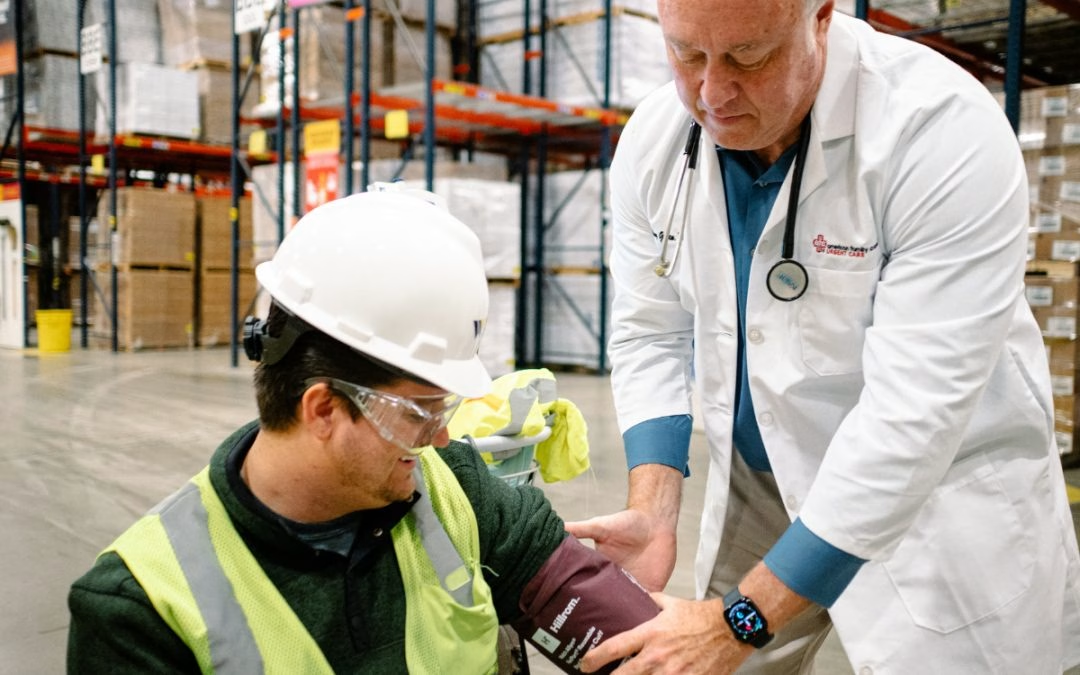Aug 15, 2024 | Family Health

Joint Dislocations in Children
Strolling along Freedom Park, you decide to let your kiddos run off and frolic by the water. After a few minutes, you see your daughter trip and fall. Running over to her, you realize she’s dislocated her knee. Dislocations can occur in children and adolescents, and while the principles of treatment are similar to those for adults, there are specific considerations to keep in mind. Children’s bodies are still developing, and their injuries may require different approaches.
Common Causes of Dislocations in Children
Dislocations in children often result from:
- Falls: Children are naturally curious and active, which increases their risk of falls.
- Sports injuries: Participation in sports can lead to dislocations, especially in contact sports.
- Congenital conditions: Some children are born with joint instability, making them more prone to dislocations.
Symptoms of Dislocations in Children
Recognizing the signs of a dislocation in a child can be challenging, as they may not be able to clearly communicate their pain. Common symptoms include:
- Crying or fussiness: Children often express discomfort through crying or irritability.
- Refusal to move the affected limb: They may protect the injured area by avoiding movement.
- Swelling and redness: These are common signs of inflammation.
- Visible deformity: In some cases, the joint may appear misshapen.
Treatment for Children’s Dislocations
Treatment for children’s dislocations typically follows the same principles as for adults:
- Reduction: The joint is carefully manipulated back into its proper position.
- Immobilization: A splint, cast, or sling may be used to stabilize the joint.
- Pain management: Over-the-counter or prescription pain relievers can help manage discomfort.
- Ice and elevation: These measures can help reduce swelling.
Recovery and Prevention
Children often recover from dislocations more quickly than adults due to their bodies’ natural healing abilities. However, it’s important to follow the healthcare provider’s recommendations for rest, physical therapy, and follow-up care.
To prevent dislocations in children, encourage:
- Proper warm-up: Before participating in sports or physical activities.
- Use of protective gear: When appropriate.
- Safe play environments: Creating a safe play area can reduce the risk of falls.
- Regular check-ups: Regular pediatric check-ups can help identify any underlying conditions that may increase the risk of dislocations.
Dislocations in children can be distressing for both the child and the parent. By understanding the common causes, symptoms, and treatment options, parents can take steps to protect their children and ensure proper care. If you suspect your child has a dislocation, seek immediate medical attention.


